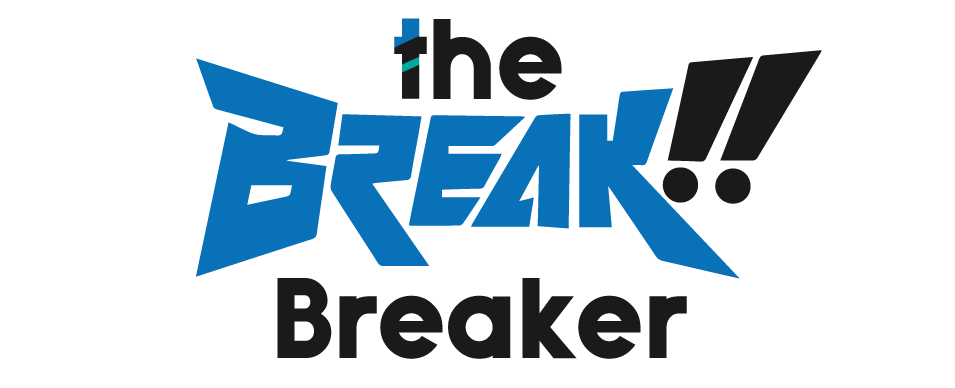
5 Psychological Tricks to Use in Email Newsletter
The field of psychology is an important resource in human life. Regrettably, a good number of us aren’t aware of how to make use of it or how effective it can be when incorporated into email newsletters. The major method of communication with stakeholders is through the distribution of an email newsletter, sometimes commonly referred to as email marketing. The delivery of these messages ought to be done in a lighthearted manner. Email marketing can be thought of as a product that needs to be natural, in the same way, that many other things need to have advertisements for them. Because of this, you need to make sure that it is well taken care of so that you may achieve your business goals and objectives. Read More
You can take your marketing effort to new heights by making use of a number of psychological tips and tactics and doing so in an effective manner. They have the potential to make a difference in sales, marketing efforts, and the programming of AI when applied effectively. They make customers more ecstatic and more inclined to spend even down to their last cent because of it. In this post, we’ll look at five different psychological tools that have been used before and worked very well.
FOMO:
This is one of the psychological ploys that is used the most frequently in email newsletters. The psychological technique known as “fear of missing out” (FOMO) has been implemented all over the world. The fear of missing out (FOMO) can be leveraged during major days in marketing campaigns or events such as Black Fridays. It is also possible to use it for brief events, such as a flash sale. Even if individuals are aware of it, it is still easy for them to fall for the deception because no one wants to miss out on this amazing event that is being presented by the merchant. Read More
When utilised in conjunction with one another, the psychological techniques of scarcity and the general rule of fear of missing out (fomo) can easily coax additional customers into purchasing your goods and services. This is due to the fact that they assume that it is limited and that they will use it all up in a short amount of time. Another con involves offering costs that are far lower than normal. In situations like this, a few different words are employed. They are as follows:
There are only a limited number of offers available, and we are very close to selling out. This is likely your final chance to take advantage of this opportunity; don’t miss out! In marketing and sales campaigns, terms such as these can be very effective.
They perform the function of magnets, automatically attracting the attention of potential customers. When applied correctly, they have the potential to sell products and services to customers who have no purpose for them. They have incredible potential if used in the right way.
Because it is necessary for customers to be aware that businesses organise annual events with a significant discount and even some that go as low as half price, fear of missing out (fomo) can be utilised as a potent instrument that is employed in an email newsletter and has a high conversion rate.
Reciprocity is somewhat complicated and requires a high level of sophistication. Because it isn’t as common as FOMO and because so few people are aware of it, it can be considered a superpower. The act of providing something at no cost to another person is an example of reciprocity. Someone experiences feelings of excitement and, at some point, feelings of indebtedness as a result of this.
Everyone has the instinct to pay it forward, as it is the natural order of things. As a result, businesses have the opportunity to use this psychological technique through the use of email marketing. This is accomplished by giving away free samples of their products to prospective customers in exchange for something of value from those customers. Reciprocation can be employed in the form of gifts in the email newsletter. For example, “buy one get one free,” “grab your presents this holiday,” and similar phrases are some examples.
Exclusivity
Establishing that a person is unique and exceptional is something that everyone likes and wants, and doing so attracts potential customers. On the other hand, you need to exercise extreme caution because they can take offence rather than feel delighted when you say something to them at the time. Specific terms that can be used in this approach include “invitation only,” “members only for you,” and “exclusive offers,” among others.A potential customer will get the impression that they are a very significant person when they hear these terms.
You may raise awareness of your email newsletter by using
a community that is only accessible to members.
Enrol in the membership programme.
We provide a unique discount to organisations or members that have previously registered.
On birthdays, you should provide customised invitation cards as well as shopping vouchers.
Colour Psychology
This is one of the oldest psychological tactics, and it is still relevant and employed in many different industries, including web design, print design, and advertising, specifically in the case of email newsletters. Every single colour is accountable for the evocation of a distinct set of feelings. With this trick, you can catch potential customers at the exact moment they are feeling something.
For instance, the colour red, which is well-known for its ability to stimulate appetite, can be used in the food industry. This is demonstrated rather clearly by large food corporations like KFC and McDonald’s, for example. They all use the colour red in their branding. The colour has an alluring appeal. When used in web design, though, it signals rejection and either a halt or a close. When it comes to email marketing, you should be very careful about how you use colour psychology.
You need to be aware of the hue that won’t cause any problems before using it. In this particular scenario, the colour is recommended. It indicates that something is satisfactory or that two parties have come to an agreement. Green, the second colour, is associated with being cheerful, carefree, and airy. When utilised in an email newsletter, colours with a festive theme such as pink and purple are especially helpful in luring potential customers to attend your events. Other colours can also be used more frequently.
Incentives
Incentives are a useful tool for attracting prospective customers or readers. This contributes to the success of your email newsletters in generating sales. If the subject line is not clear, the reader will not be interested in reading the rest of the email, and it will go unread. As a result, it is strongly suggested that you include motivation in the email’s subject line in order to draw the reader’s attention to the message at hand.
The subject lines of the email newsletters may include the words “free” or “sale” if the sender so chooses. You may get the most use out of these subject lines by increasing your conversion rates, which they help to accomplish. It’s possible that they’ll include things like free shipping, a huge discount, and free after-sale services, among other things.
You can explore a vast area by engaging in email marketing or putting together an email newsletter. There are several different approaches that can be taken to assist in acquiring many customers. On the other hand, when it comes to the employment of psychological tricks, this is where you may offer goods and services while simultaneously leaving a positive impression on the customer. This is possible because of the way these tricks work. They make the customer think and feel something, which either makes them want to buy from you or makes them feel like they have to.
Each of these five psychological ploys is quite effective when used alone; however, when combined, their effectiveness is multiplied many times over. However, you shouldn’t employ all of the strategies at the same time. You have the ability to select two of your tricks and create a combo that no one will be able to resist.




